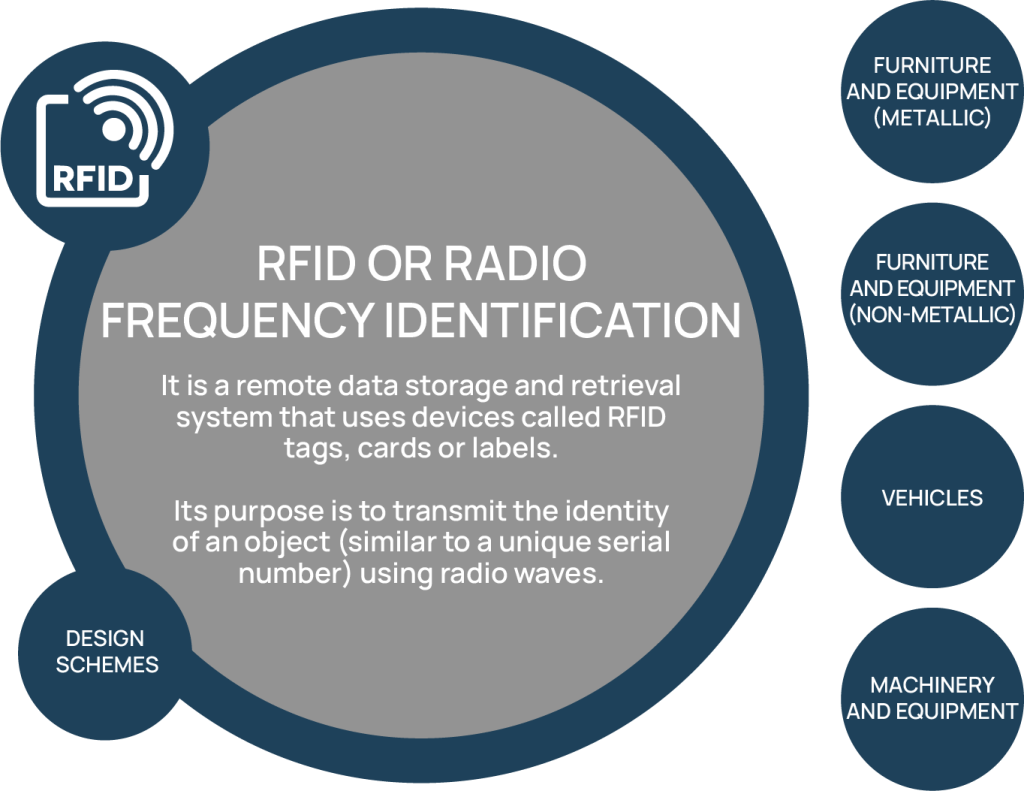In the era of process digitalization it is imperative to establish state-of-the-art infrastructure at both the software and hardware levels to guarantee data integrity.
Regarding hardware it is crucial to identify the most appropriate equipment for fixed asset management.
A range of mobile devices can be utilized across nearly all fixed asset control processes including handheld devices, smartphones, tablets and others.
The information on the tags should be as simple as possible, including: a simple consecutive numbering, as well as the company logo. These can be simple or RFID and can include the printing of a bar code or “QR”

